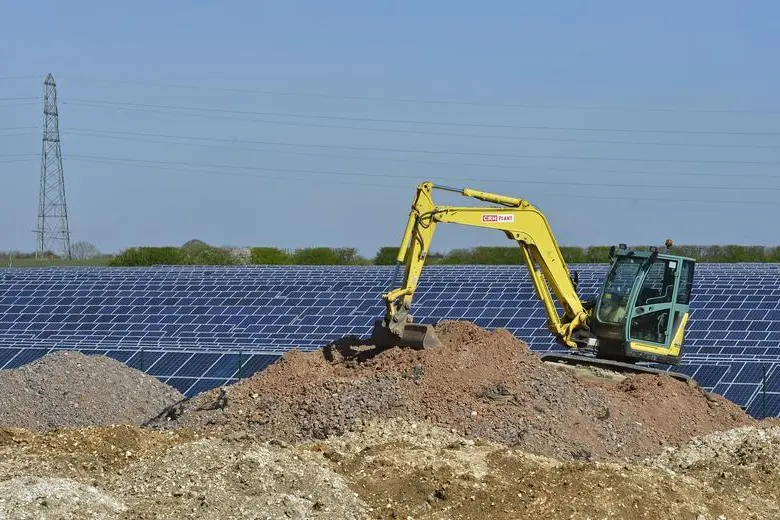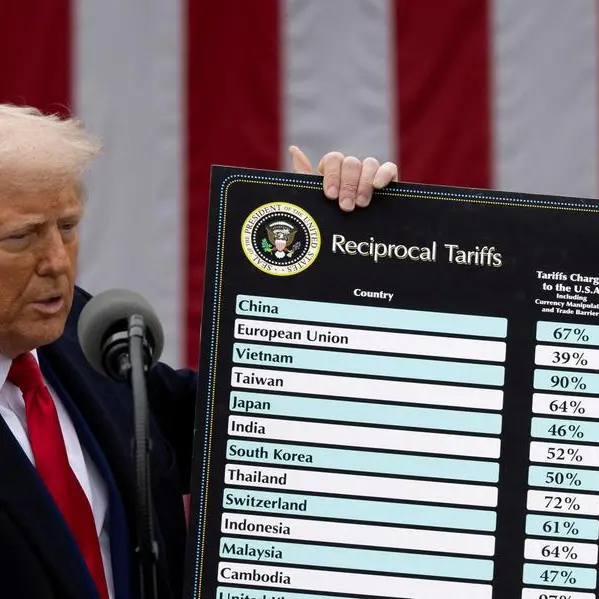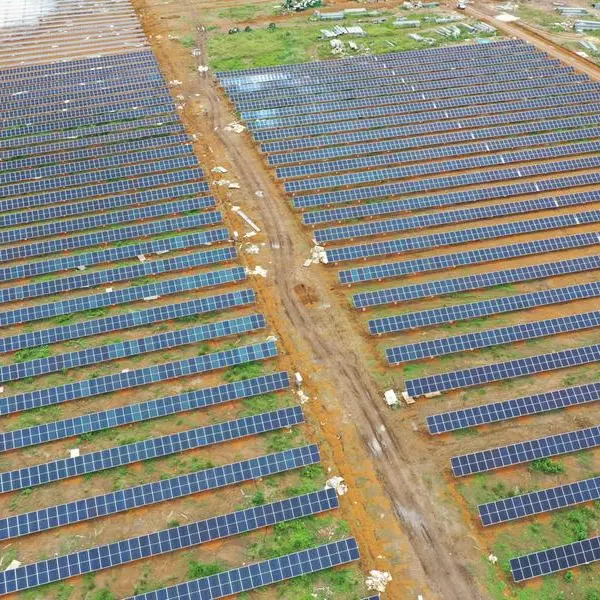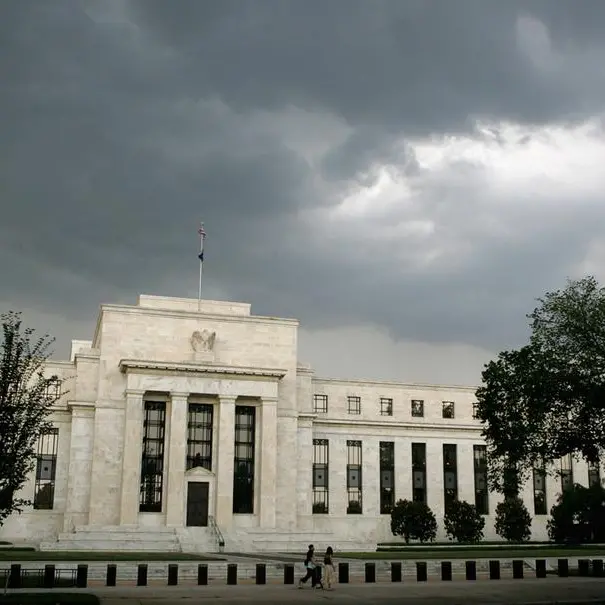PHOTO
Construction work is seen being undertaken at a field of solar panels near Andover in southern England May 3, 2013. REUTERS/Toby Melville Image used for illustrative purpose.
NEW YORK - The average costs to produce onshore wind and solar power in the United States have increased for the first time since 2009 as steel and silicon became more expensive and supply chains were disrupted, research from investment bank Lazard showed on Wednesday.
President Joe Biden is among world leaders who hope that peppering hillsides and plains with turbines and panels will reduce the cost of power for all consumers in part because wind and light do not need to be paid for, unlike gas and coal.
The levelized cost of energy - a measure of how much a developer needs to charge for power when factoring in expenses like building and maintenance - has been decreasing for the past 15 years, according to Lazard.
Now, cost inflation and supply chain disruption have helped push the unsubsidized cost of producing large-scale solar power as high as $96 per megawatt hour, from a maximum of $41 in 2021, the bank found. The average has gone to $60 from $36.
But the low point of the new range is also much lower: Lazard found some companies could charge as little as $24 per megawatt hour for utility-scale solar and still cover their costs, from $30 in 2021.
"The cost of everything has gone up because of inflation and supply chain issues but for us what is more striking is that the bottom end of the cost has gone down," George Bilicic, global head of power energy and infrastructure at Lazard, told Reuters.
"Companies with scale and broad expertise and ability to project into some of this complexity have been able to hold costs down," Bilicic said. "This suggests this industry is going to become more consolidated and scale players are going to do really well."
Lazard excluded from this analysis some aspects of Biden's signature climate change law, dubbed the Inflation Reduction Act, which promises around $370 billion for environmentally friendly technology. This will take effect over 10 years, and Lazard said it remained open to interpretation.
Nevertheless, the bank calculated that promised production tax credits could bring the levelized cost of utility-scale solar power to between $0 and $77.
(Reporting by Isla Binnie; Editing by Christopher Cushing)























